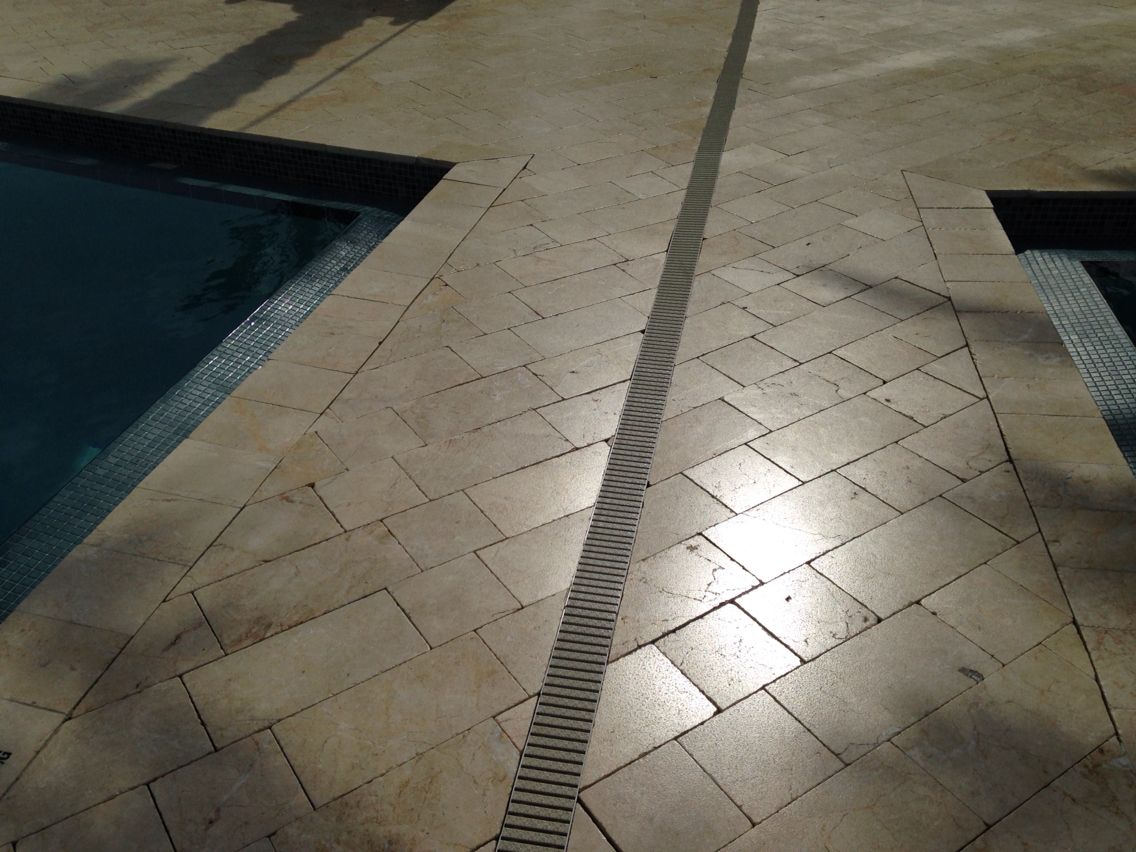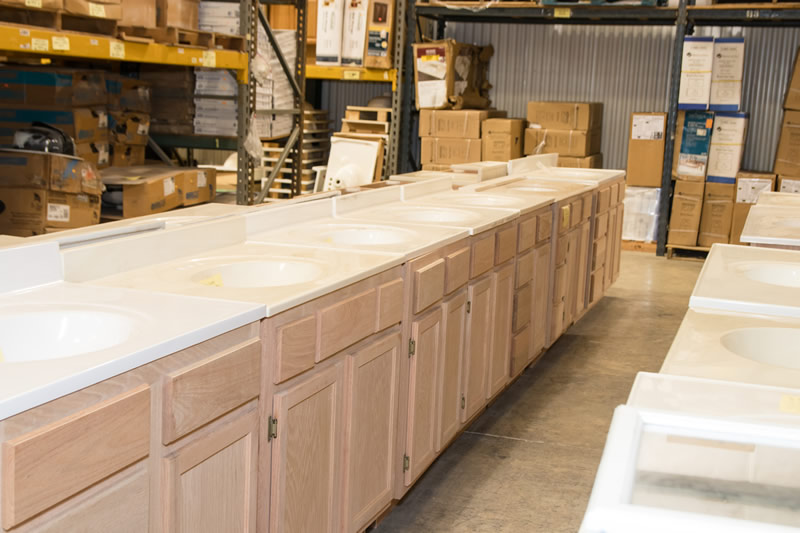Universal Design offers a great way to plan for age-friendly house designs that make a great fit for everyone, regardless of their age or physical ability. This type of design includes innovative items from wheelchair access ramps and specialized furniture to tech upgrades that offer voice command or remote operation. Additionally, this type of design includes all of the features and parts of a home that can make age-friendly living accessible without making extensive changes or compromising aesthetics. Adopt Universal Design for Age-Friendly House Designs
Home modifications can be an effective way to make a house age-friendly. Aging-in-place home modifications involve boosting features that offer more safety, convenience, and accessibility for elders. This can include wider doorways and corridors, additional handrails, adjustable shelves, ramps, and multiple levels of lighting. Other modifications may also include walk-in showers or tubs with no-slip areas, upgraded appliances and pull-out countertops. Opt for Aging-in-Place Home Modifications
For elders, a lack of independence when it comes to performing regular tasks can be discouraging. Accessible bathroom design considers both the design and furnishings for easy use and safe navigation. Features such as showers and wheeled seats, grab bars for stability, counter-height sink, and an adjustable showerhead can help make bathroom use easier. Adaptive controls for lights and windows can also help someone with limited mobility. Explore Accessible Bathroom Designs
For elders living in an age-friendly environment, the ability to access an outdoor area is important. Outdoor access design features & fixtures can help with this. Fixtures can include handrails, ramps, and patios with anti-slip tiles and raised plant beds for easier maintenance. Other features can include low doorsills with entrances that are surrounded by proper lighting, easy-to-open switches, and visually-pleasing outdoor pathways to make access easier. Choose Design Features & Fixtures for Gaining Outdoor Access
Smooth transitions within the home can provide elders with an easier experience when navigating their home. Options such as sloping corners, eased transitions, and carpets with low pile can reduce the chances of tripping or slipping. For bathrooms, slip-resistant floors and walkways, and grab bars can make trips a lot safer. Create Smooth Transitions Inside Home
Widened doorways and hallways can make navigating around a home a lot easier for someone with limited mobility. A doorway width of 36” is a comfortable amount for maneuvering wheelchairs or walkers. For those in a wheelchair, a minimum door width of 32” is generally best for ease of access. Door handles can also use lever handles to make them easier to turn. Include Widened Hallways and Doors for Easy Access
For elders living in an age-friendly house, aging-in-place technology can make life easier in many ways. This type of technology includes features such as remote-controlled faucets or showers, voice-activated switch plates to open and close lights and curtains, and bath lifts that can minimize strain and help someone get in and out of the tub or shower. Opt for Aging-in-Place Technology
Lighting can help to improve home safety for those with limited vision. Tips for age-friendly home lighting solutions include bright task lighting, such as LED lighting, that includes switches with dimmers and a wattage that is bright enough for the task. Natural sunlight can also improve the mood of a room, and can be enhanced with strategically placed mirrors. Tips for Age-Friendly Home Lighting Solutions
Flooring is an important consideration for age-friendly homes, and considerations should be made that will make maintenance easy. Non-slip tiles are essential in bathrooms and kitchens, but there are also flooring options such as low pile carpets, you don’t want to worry about tripping. Laminate flooring is a great option that is easy to take care of, and flooring such as this can be provided in unfinished and finished forms. Consider Flooring That Is Easy to Maintain
Tactile accents can offer practical uses for those with limited vision. Examples of this can include sparse rugs that mark out areas, raised areas or vinyl bumps that lead to steps, or slip-resistant rubberized mats for bathrooms and kitchens. Tactile patterns are also great, with contrasting shades of color that can help create visual interest and ease of navigation. Look for Tactile Accents and Non-Slip Surfaces
Tips for Age Friendly House Design
 As the population ages, an increasing number of people will be looking to downsize and retire, and ensure their home is suited for their current stage in life. Homes need to be designed to not only meet the needs of aging adults, but also to be comfortable for them to age in place. Age friendly house design incorporates features that make a living space safer and easier to navigate.
As the population ages, an increasing number of people will be looking to downsize and retire, and ensure their home is suited for their current stage in life. Homes need to be designed to not only meet the needs of aging adults, but also to be comfortable for them to age in place. Age friendly house design incorporates features that make a living space safer and easier to navigate.
Improved Accessibility
 Designing a house for age friendly living often involves making improvements to the home's existing physical structure and features. If budget permits, consider adding an elevator in multi-level structures to help improve accessibility and mobility. Along with low-level storage and adjustable counters in the kitchen, contractors and property developers can also look into recommending
handrails
, slip resistant materials, and wider, easier to open doorways for a more comfortable living space.
Designing a house for age friendly living often involves making improvements to the home's existing physical structure and features. If budget permits, consider adding an elevator in multi-level structures to help improve accessibility and mobility. Along with low-level storage and adjustable counters in the kitchen, contractors and property developers can also look into recommending
handrails
, slip resistant materials, and wider, easier to open doorways for a more comfortable living space.
Smart Home Automation and Technology
 Integrating new technology and features into a home can be an invaluable resource for seniors living in their own home. Home automation and other technology can help to increase safety, security and convenience. Features such as an intercom system,
motion-sensor lighting
, automated curtains, temperature and security control, and even voice-enabled digital assistance can be used to create a home that is more comfortable for elderly inhabitants.
Integrating new technology and features into a home can be an invaluable resource for seniors living in their own home. Home automation and other technology can help to increase safety, security and convenience. Features such as an intercom system,
motion-sensor lighting
, automated curtains, temperature and security control, and even voice-enabled digital assistance can be used to create a home that is more comfortable for elderly inhabitants.
Age Friendly Visuals and Aesthetics
 Age friendly visuals and aesthetics are key components in creating a comfortable and safe living space for any aging adult.
Colors, materials
and even textures in the interior design play a critical role as they impact how easy it is for aging adults to recognize walls, doorways, cabinets and other locations within the home. Enhance visibility by making sure paint colors contrast each other, and consider utilizing plenty of natural light. Designing with furniture that includes more rounded edges and has a higher seat can help prevent falls.
HTML Version:
Age friendly visuals and aesthetics are key components in creating a comfortable and safe living space for any aging adult.
Colors, materials
and even textures in the interior design play a critical role as they impact how easy it is for aging adults to recognize walls, doorways, cabinets and other locations within the home. Enhance visibility by making sure paint colors contrast each other, and consider utilizing plenty of natural light. Designing with furniture that includes more rounded edges and has a higher seat can help prevent falls.
HTML Version:
Tips for Age Friendly House Design
 As the population ages, an increasing number of people will be looking to downsize and retire, and ensure their home is suited for their current stage in life. Homes need to be designed to not only meet the needs of aging adults, but also to be comfortable for them to age in place. Age friendly house design incorporates features that make a living space safer and easier to navigate.
As the population ages, an increasing number of people will be looking to downsize and retire, and ensure their home is suited for their current stage in life. Homes need to be designed to not only meet the needs of aging adults, but also to be comfortable for them to age in place. Age friendly house design incorporates features that make a living space safer and easier to navigate.
Improved Accessibility
 Designing a house for age friendly living often involves making improvements to the home's existing physical structure and features. If budget permits, consider adding an elevator in multi-level structures to help improve accessibility and mobility. Along with low-level storage and adjustable counters in the kitchen, contractors and property developers can also look into recommending
handrails
, slip resistant materials, and wider, easier to open doorways for a more comfortable living space.
Designing a house for age friendly living often involves making improvements to the home's existing physical structure and features. If budget permits, consider adding an elevator in multi-level structures to help improve accessibility and mobility. Along with low-level storage and adjustable counters in the kitchen, contractors and property developers can also look into recommending
handrails
, slip resistant materials, and wider, easier to open doorways for a more comfortable living space.
Smart Home Automation and Technology
 Integrating new technology and features into a home can be an invaluable resource for seniors living in their own home. Home automation and other technology can help to increase safety, security and convenience. Features such as an intercom system,
motion-sensor lighting
, automated curtains, temperature and security control, and even voice-enabled digital assistance can be used to create a home that is more comfortable for elderly inhabitants.
Integrating new technology and features into a home can be an invaluable resource for seniors living in their own home. Home automation and other technology can help to increase safety, security and convenience. Features such as an intercom system,
motion-sensor lighting
, automated curtains, temperature and security control, and even voice-enabled digital assistance can be used to create a home that is more comfortable for elderly inhabitants.
Age Friendly Visuals and Aesthetics
 Age friendly visuals and aesthetics are key components in creating a comfortable and safe living space for any aging adult.
Colors, materials
and even textures in the interior design play a critical role as they impact how easy it is for aging adults to recognize walls, doorways, cabinets and other locations within the home. Enhance visibility by making sure paint colors contrast each other, and consider utilizing plenty of natural light. Designing with furniture that includes more rounded edges and has a higher seat can help prevent falls. Additionally, consider adding a designated area with a chair and lamp for easy reading with low ambient lighting for additional comfort.
Age friendly visuals and aesthetics are key components in creating a comfortable and safe living space for any aging adult.
Colors, materials
and even textures in the interior design play a critical role as they impact how easy it is for aging adults to recognize walls, doorways, cabinets and other locations within the home. Enhance visibility by making sure paint colors contrast each other, and consider utilizing plenty of natural light. Designing with furniture that includes more rounded edges and has a higher seat can help prevent falls. Additionally, consider adding a designated area with a chair and lamp for easy reading with low ambient lighting for additional comfort.
























































































